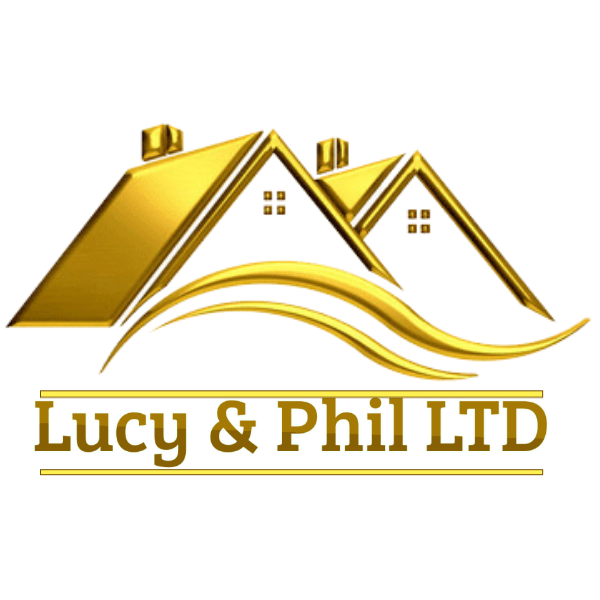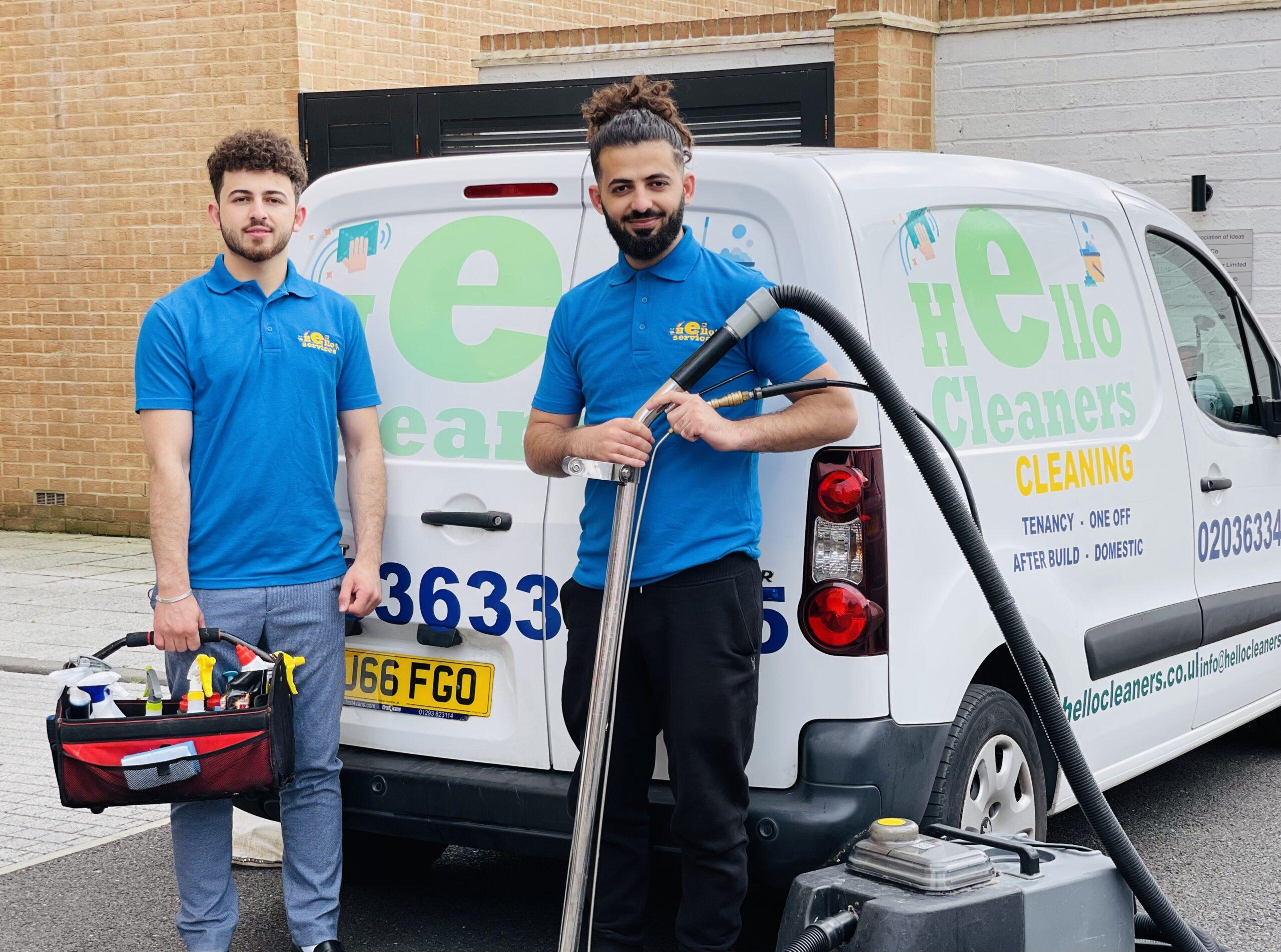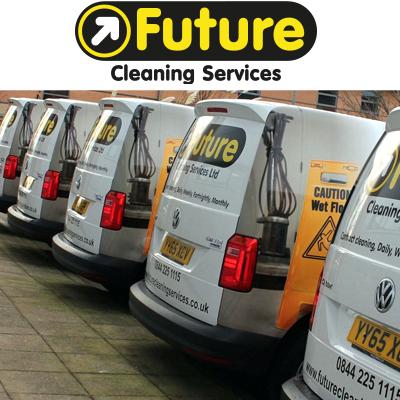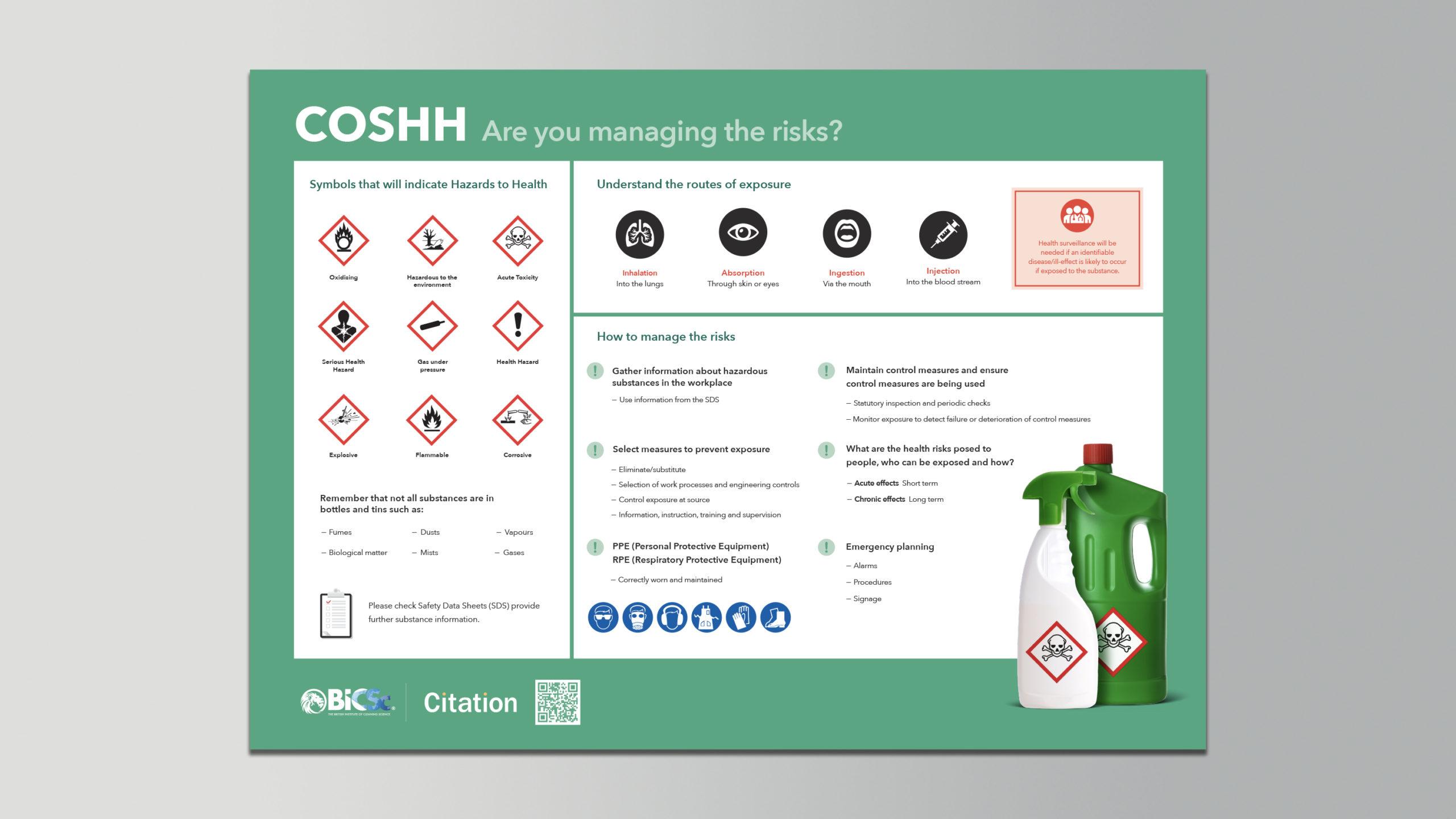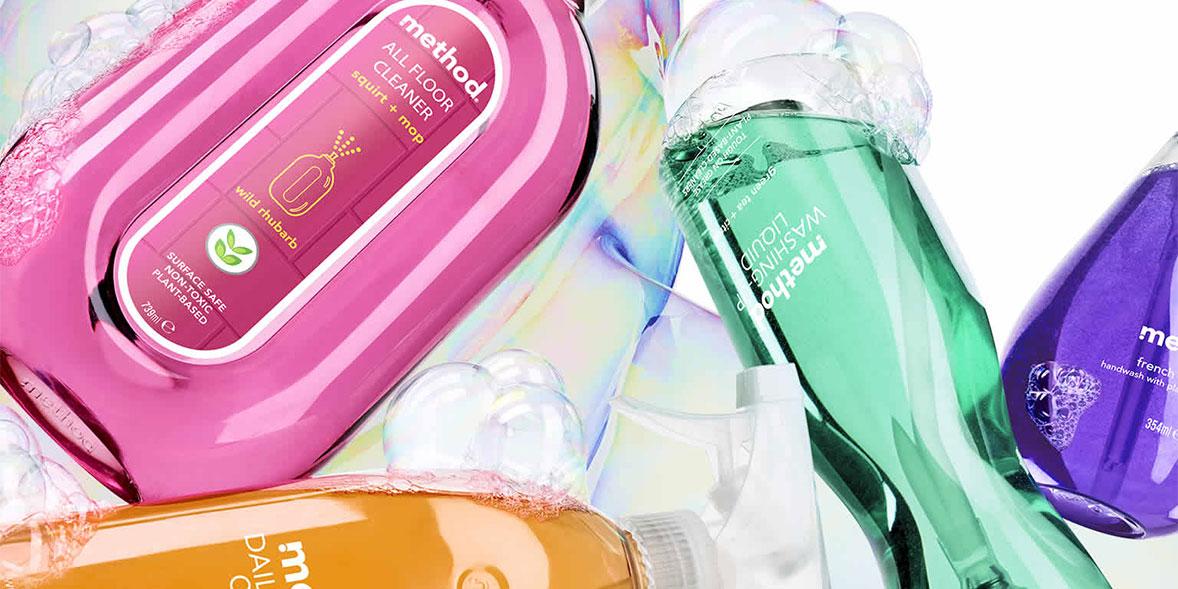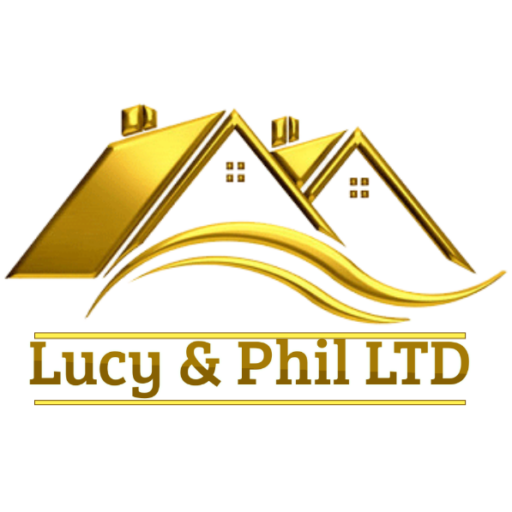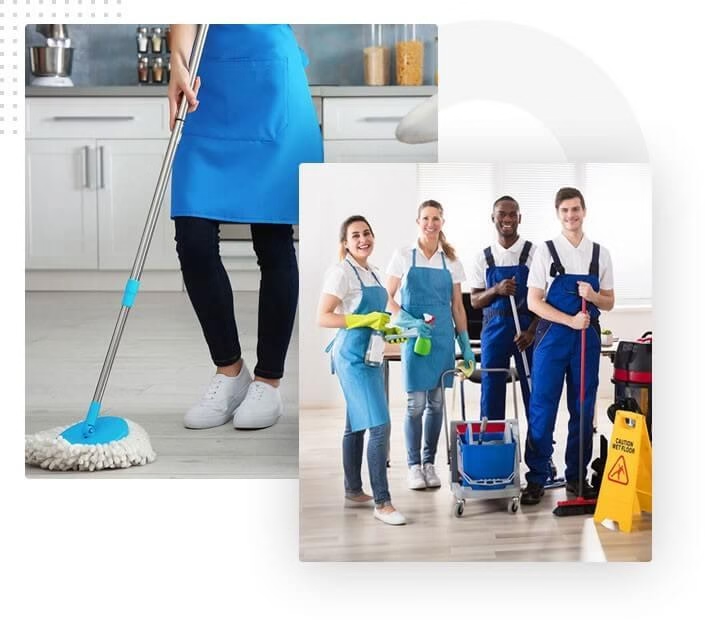
From glass-fronted offices in Canary Wharf to stone-built cottages in the Cotswolds, the UK’s cleaning services sector works quietly in the background, keeping spaces usable, compliant, and welcoming. It’s a diverse landscape: solo operators and family firms sit alongside national brands; routine domestic cleans run in parallel with commercial contracts, post-construction sparkle cleans, healthcare-grade sanitation, and end-of-tenancy turnarounds.
This article explores how the industry fits together and what to expect when engaging a provider in the UK. We outline common service categories and pricing models, touch on regulation and standards that shape the work (from COSHH and Health & Safety to BICSc training and ISO-led quality systems), and consider practical markers of professionalism such as insurance, DBS checks, and environmental credentials. We also look at the sector’s evolving priorities-sustainability, flexible scheduling, and technology-enabled quality control-alongside the everyday realities of staffing and regional cost differences.
Whether you’re a facilities manager sourcing a multi-site contract or a household booking a one-off deep clean, understanding the market can help you match the right company to the right job, with clear expectations on scope, reliability, and value.
Table of Contents
- From first impression to contract how to choose a UK cleaning services company with accreditation insurance and DBS checked teams
- Making sense of cost hourly day rate or fixed scope with benchmarks and practical ways to avoid hidden fees
- Turning cleanliness into KPIs SLAs audits and COSHH compliant methods that safeguard staff and premises
- Cleaning with a conscience eco certified products waste reduction and sector specific deep cleans across the UK
- To Conclude
From first impression to contract how to choose a UK cleaning services company with accreditation insurance and DBS checked teams
Trust starts at the first click or call-look for clarity, compliance, and care. A professional website and proposal should plainly show UK contact details, VAT status, and transparent pricing (no vague “from” rates). Credible operators proudly display BICSc, ISO 9001/14001, SafeContractor, CHAS or Constructionline, plus evidence of COSHH training. Ask how they recruit and vet teams: you want uniformed staff with ID badges, right‑to‑work checks, and DBS screening aligned to your environment (enhanced for schools/healthcare). The best firms also share how they handle keys, alarm codes, and incident reporting-and whether supervisors conduct quality audits with photos and timestamps.
- First-look signals: clear SLAs, sample checklists, named account manager, UK landline, fast response.
- Compliance badges: BICSc, ISO, SafeContractor, CHAS-visible and verifiable, not just logos.
- Safety competence: RAMS provided, COSHH sheets, spill protocols, colour‑coded systems.
- Professionalism: branded uniforms, tracked attendance, digital reports, references you can call.
When you’re ready to move from shortlist to signature, verify documents and lock down expectations. Request the insurance schedule (Public Liability ideally £5m+, Employers’ Liability £10m, include Treatment Risk and Key‑holding/Fidelity where relevant), DBS evidence (levels, dates, update service), and RAMS tailored to your site. Define a scope of works with frequencies, consumables responsibility, out‑of‑hours access, and holiday/sickness cover. Build a measurable SLA with KPIs (attendance, audit scores, response times), a trial clean or pilot period, and a fair break clause. Confirm GDPR posture for CCTV/keys, eco options (EN-approved products, low‑plastics), and payment terms (no cash‑only; e‑invoicing; PO accepted). If switching providers, ensure smooth TUPE handling and respectful onboarding.
- Essentials to see in writing: SLA with KPIs, site-specific RAMS, cleaning plan, escalation tree, onboarding timeline.
- Cost clarity: labour hours vs. tasks, consumables split, call‑out rates, extras (carpets, windows) with fixed fees.
- Quality loop: monthly audits, corrective actions, client portal, quarterly reviews.
| Factor | Ask For | Good Sign | Red Flag |
|---|---|---|---|
| Accreditation | BICSc / ISO / SafeContractor certificates | Current, verifiable IDs | Logos only, no proof |
| Insurance | Schedule with limits & endorsements | £5m+ PL incl. Treatment Risk | “Covered” but no documents |
| DBS & Vetting | Levels, dates, policy statement | Enhanced for sensitive sites | “Not needed” stance |
| Operations | RAMS + COSHH pack | Site‑specific, signed | Generic templates |
| Quality | SLA with KPIs | Audits, photos, timestamps | No measurable targets |
| Contract | Notice & break clause | Fair, pilot period | Long lock‑in, penalties |
Making sense of cost hourly day rate or fixed scope with benchmarks and practical ways to avoid hidden fees
Pricing models in the UK cleaning market typically fall into three camps: hourly, day rate, and fixed scope. Hourly pricing offers flexibility but can creep if the brief is loose; day rates work when you’ve got a full schedule of tasks; fixed scopes are best when the deliverables and square footage are crystal-clear. As a quick sense-check, compare quotes against simple benchmarks and make sure VAT is stated. For example, commercial office cleans are often priced per m², while end-of-tenancy jobs lean toward a flat, itemised quote that includes consumables, equipment, and disposal costs.
| Model | UK Benchmark | Best For | Overrun Risk |
| Hourly | £18-£28 per cleaner/hr + VAT | Ad‑hoc tasks, small sites | Medium-High |
| Day rate | £180-£260 per cleaner/day | Full-day, predictable schedules | Medium |
| Fixed scope | £1.20-£2.20 per m² (office) | £160-£320 (end‑of‑tenancy) | Defined deliverables & standards | Low (with tight spec) |
To keep surprises off your invoice, ask for an all‑in, itemised quote that names everything included and excluded, then lock quality into a short SLA with a re‑clean window. Nail down the scope with room lists, surface types, and access limits, and request the team size and estimated productivity (m²/hr) in writing so you can cap hours if needed.
- Confirm extras: VAT, parking/ULEZ, travel, minimum hours, out‑of‑hours surcharges, keys collection.
- Consumables & kit: who supplies chemicals, bags, cloths, floor pads; any equipment hire fees for scrubber-dryers or carpet machines.
- Task clarity: inside ovens/fridges, limescale, spot/stain treatments, high-level dusting, exterior windows above ground, waste disposal.
- Quality & cover: re‑clean policy (e.g., within 24-48h), insurance certificates, RAMS/COSHH, DBS if required.
- Scope stability: a site survey, photos, and a checklist prevent “scope drift”; agree a change‑order process before work starts.
Turning cleanliness into KPIs SLAs audits and COSHH compliant methods that safeguard staff and premises
We convert everyday cleaning into measurable performance. Clear KPIs drive consistency-think first-pass quality, ATP hygiene thresholds, and time-to-respond for spills-while SLAs are tailored by risk profile and building use. Digital QR checkpoints, CAFM integrations, and photo-verified tasks create a transparent record of work, so estate teams can see what was done, when, and by whom. The result: a data trail that supports budgets, compliance, and confident stakeholder reporting.
- Independent audits: scored inspections with corrective actions
- Real-time visibility: dashboards for completed tasks and exceptions
- Proof of presence: geo/QR verifications and time-stamped photos
- Trend analysis: hotspot mapping to prevent repeat failures
| Area/Task | KPI Metric | SLA Target | Audit Frequency | COSHH Control |
|---|---|---|---|---|
| Reception floors | First-pass quality | ≥98% | Weekly | Neutral detergent; colour-coded mops |
| Washrooms | ATP reading | <100 RLU | Twice weekly | Acidic descaler with PPE; vented storage |
| Kitchenettes | Touchpoint cycles | 4x daily | Daily spot-check | Food-safe sanitiser; dilution control |
| Spill incidents | Response time | <15 mins | Monthly review | Absorbent kit; signage; SDS on site |
| Waste handling | Segregation accuracy | ≥99% | Quarterly | Labelled streams; sharps protocol |
Safety sits at the core of our process. We undertake site-specific COSHH risk assessments, maintain up-to-date Safety Data Sheets, and use closed-loop dilution systems to prevent overexposure. Colour-coded equipment, correct PPE, and controlled chemical storage reduce cross-contamination risks. Toolbox talks, toolbox tests, and incident learning loops keep teams current, while method statements align with the building’s risk profile-protecting people, protecting assets, and protecting uptime.
Cleaning with a conscience eco certified products waste reduction and sector specific deep cleans across the UK
We prioritise planet-positive practices at every stage, from sourcing EU Ecolabel-approved concentrates to deploying closed-loop dosing that eliminates overuse and single‑use plastics. Crews arrive with reusable microfibre systems, HEPA-filtered equipment, and refill loops that cut packaging waste, backed by ISO 14001 processes and zero‑to‑landfill partners. Real-time audits track consumption, while route‑optimised scheduling and low‑emissions transport shrink the footprint across the UK-delivering a cleaner space and a clearer conscience.
Our specialists tailor deep cleans to the fabric of your site-whether it’s food production with BS EN 1276/13697 compliance, healthcare using colour‑coded protocols and EN 14476 virucidal regimes, or education and office environments needing allergen‑sensitive detailing. From TR19 grease extraction to post‑build sparkle services, each plan blends eco‑certified chemistry with meticulous methodology, documented RAMS, and measurable results so you can evidence standards without compromising sustainability or performance.
- Eco credentials: EU Ecolabel, biodegradable surfactants, solvent‑free options
- Waste minimisation: refill stations, reusable triggers, segregated recycling at source
- Performance proof: ATP testing, photo logs, compliance reports on demand
- UK coverage: rapid response teams, planned maintenance, out‑of‑hours availability
| Sector | Eco Methods | Deep‑Clean Focus |
|---|---|---|
| Healthcare | Low‑VOC, colour‑coding | Touch‑point, EN 14476 |
| Food & Bev | Ecolabel sanitisers | HACCP, grease control |
| Education | Allergen‑aware kits | Term break deep clean |
| Offices | Refillable bottles | Carpet, air quality |
| Industrial | Dosing systems | Plant degrease, floors |
To Conclude
From high-street shops in Manchester to coastal cottages in Cornwall, the UK’s cleaning landscape is wide-and quietly essential. As you weigh up providers, the most useful comparisons are often practical: clarity on scope and pricing, proof of training and vetting, environmental practices that match your policies, reliable scheduling, and service levels you can measure.
There isn’t one “best” option so much as a right fit for your space, risk profile, and expectations. Ask for references, check accreditations, confirm insurance, and agree KPIs before anyone lifts a mop. A clean environment isn’t just appearance; it supports wellbeing, safety, and productive use of time.
Choose a partner whose work is felt in the calm after they’ve left rather than during their visit. When the essentials are handled with care and consistency, the day can get on with being the day-and the space can simply do what it’s meant to do.
